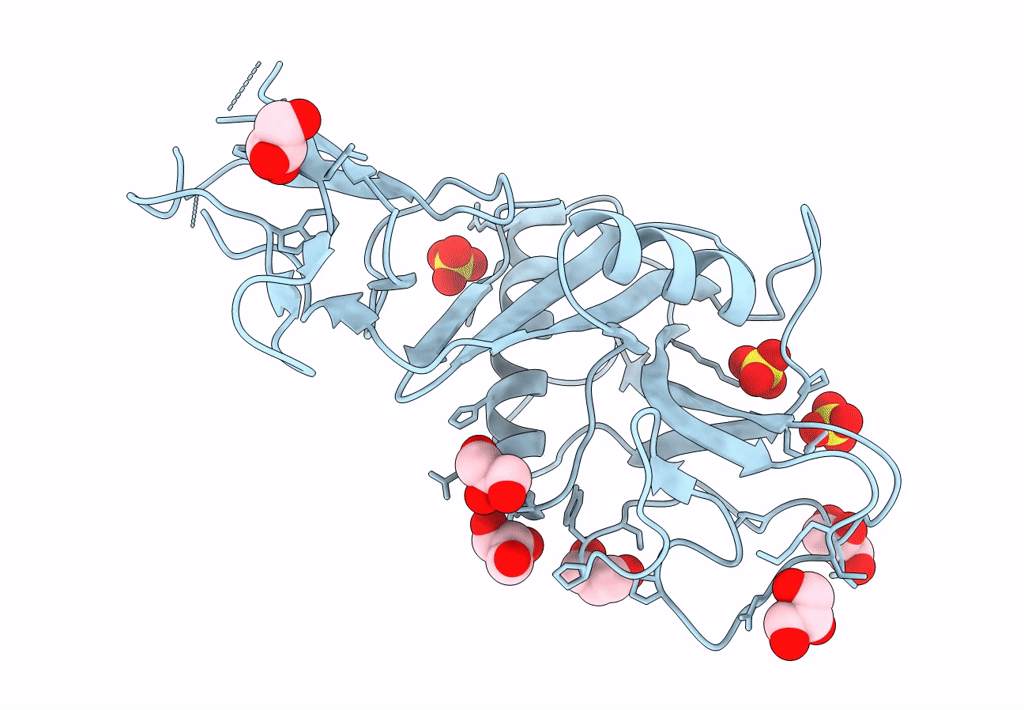
Deposition Date
2022-06-14
Release Date
2022-11-02
Last Version Date
2024-10-16
Entry Detail
PDB ID:
8A59
Keywords:
Title:
C-type lectin-like domain (CTLD) and Sushi-like domain of human CD93
Biological Source:
Source Organism:
Homo sapiens (Taxon ID: 9606)
Host Organism:
Method Details:
Experimental Method:
Resolution:
1.92 Å
R-Value Free:
0.26
R-Value Work:
0.20
R-Value Observed:
0.21
Space Group:
C 2 2 21


